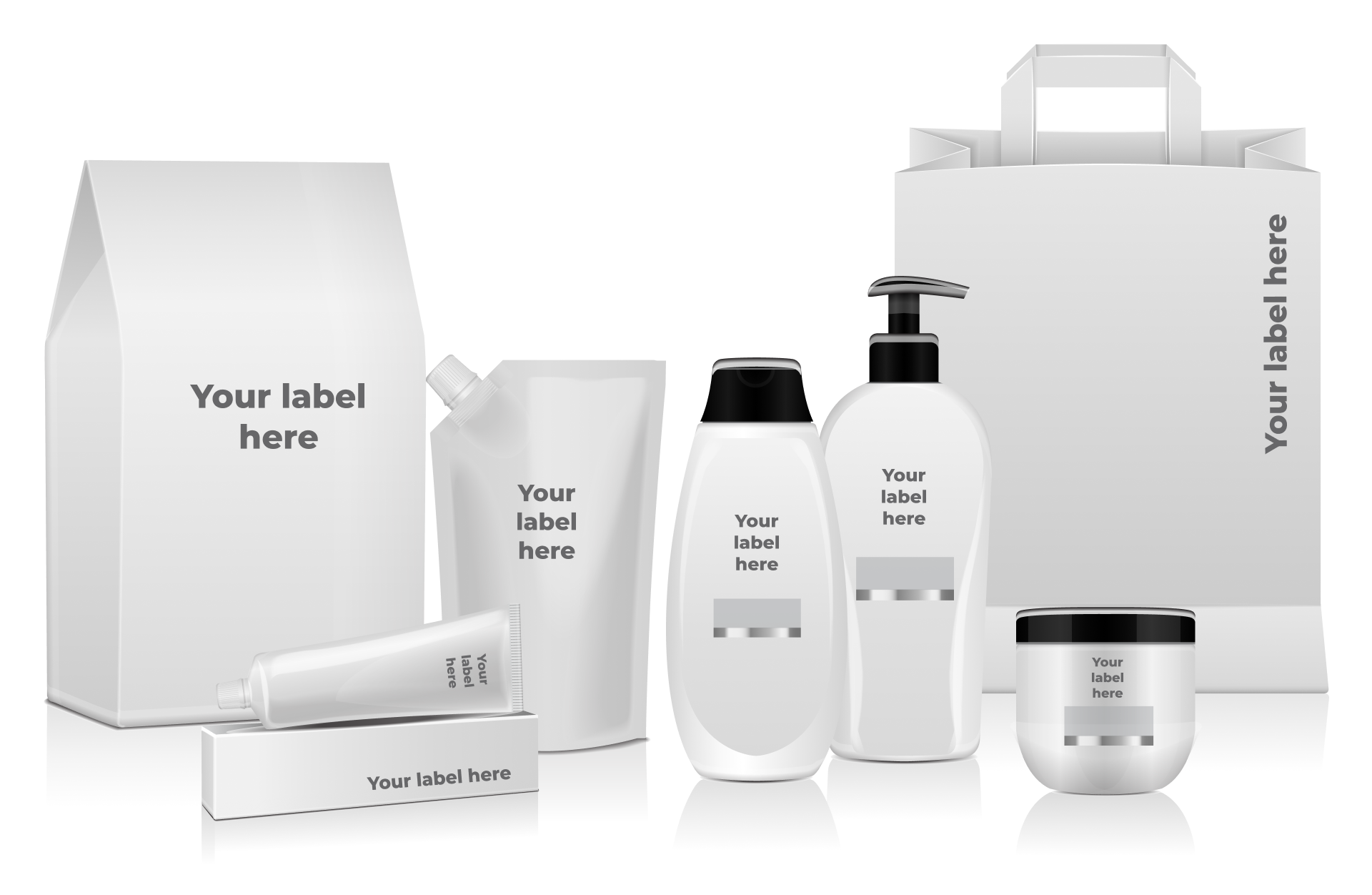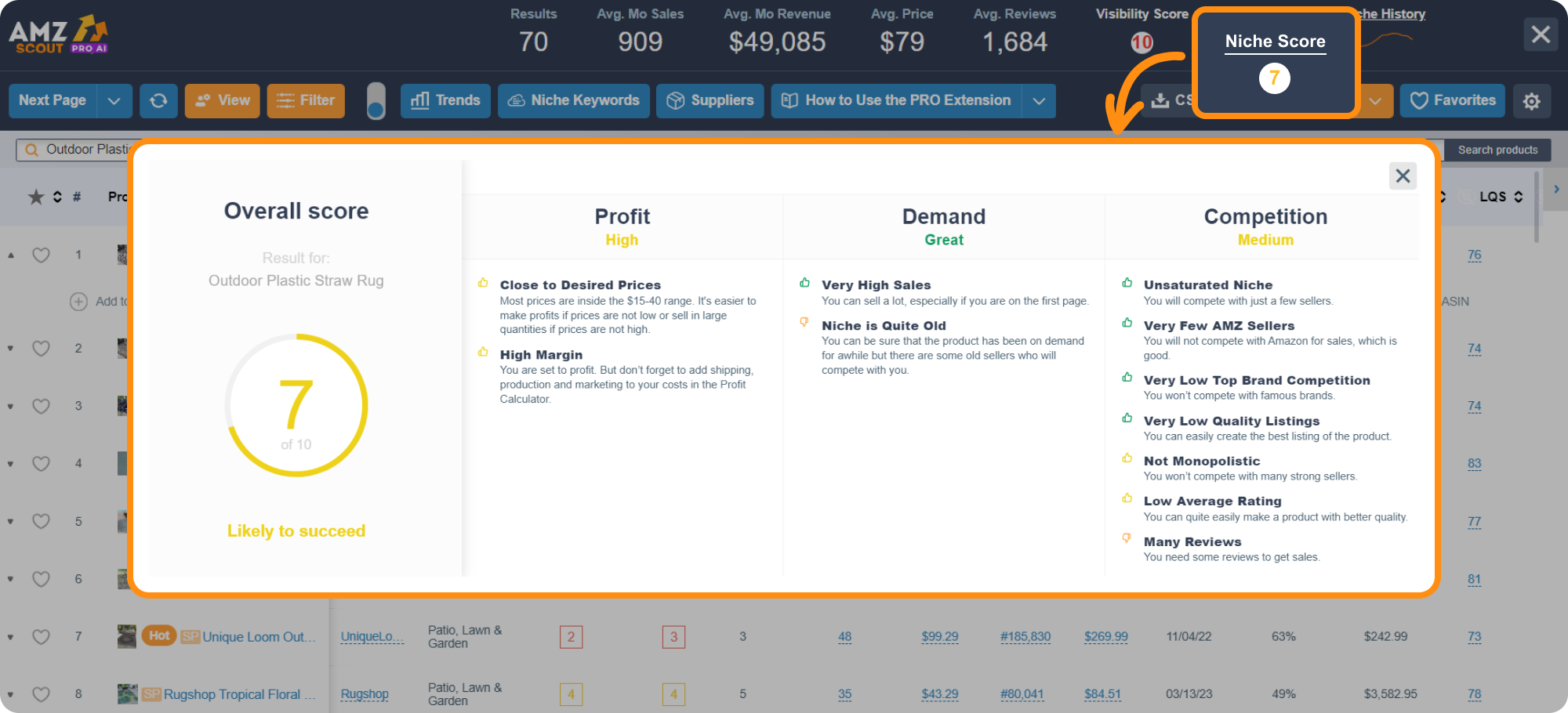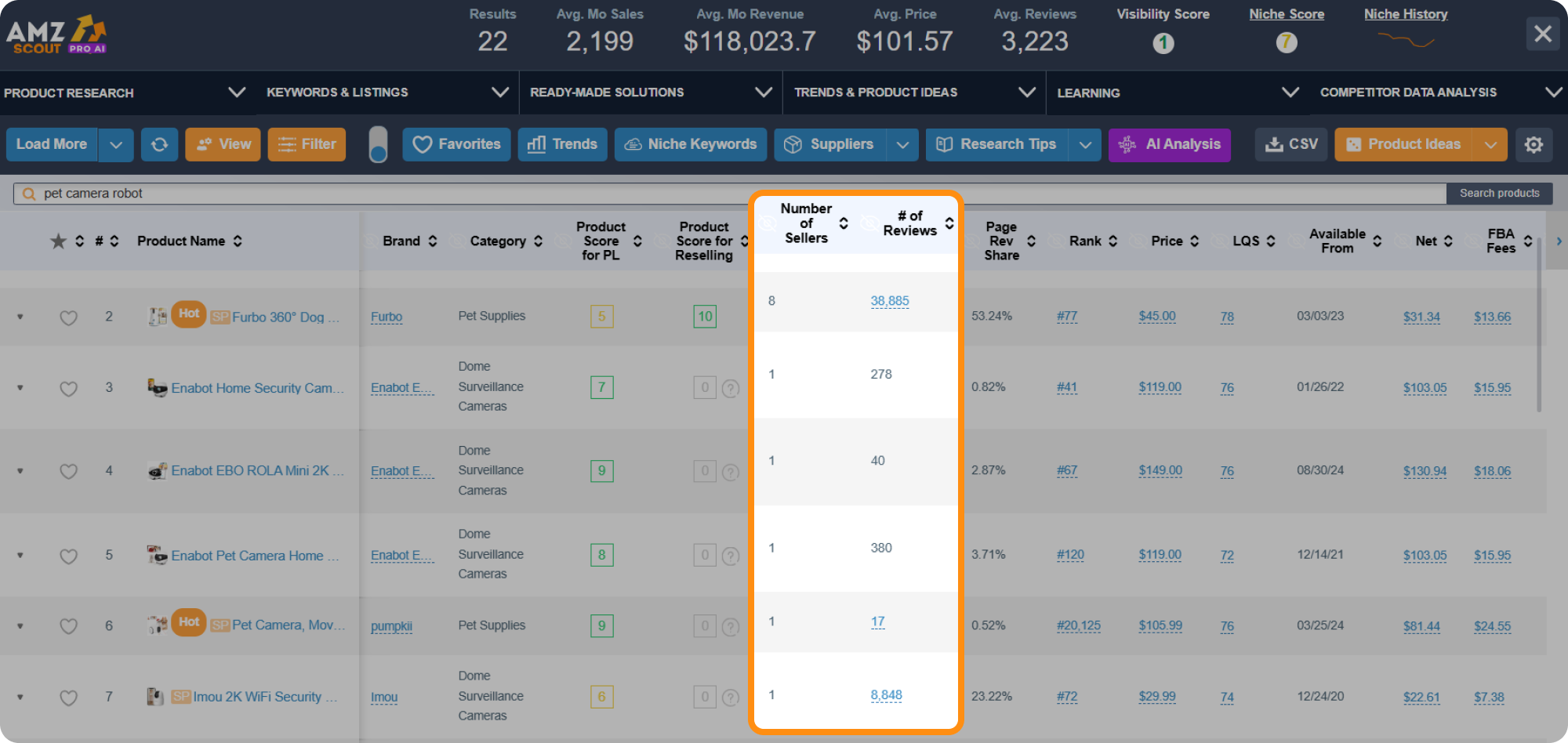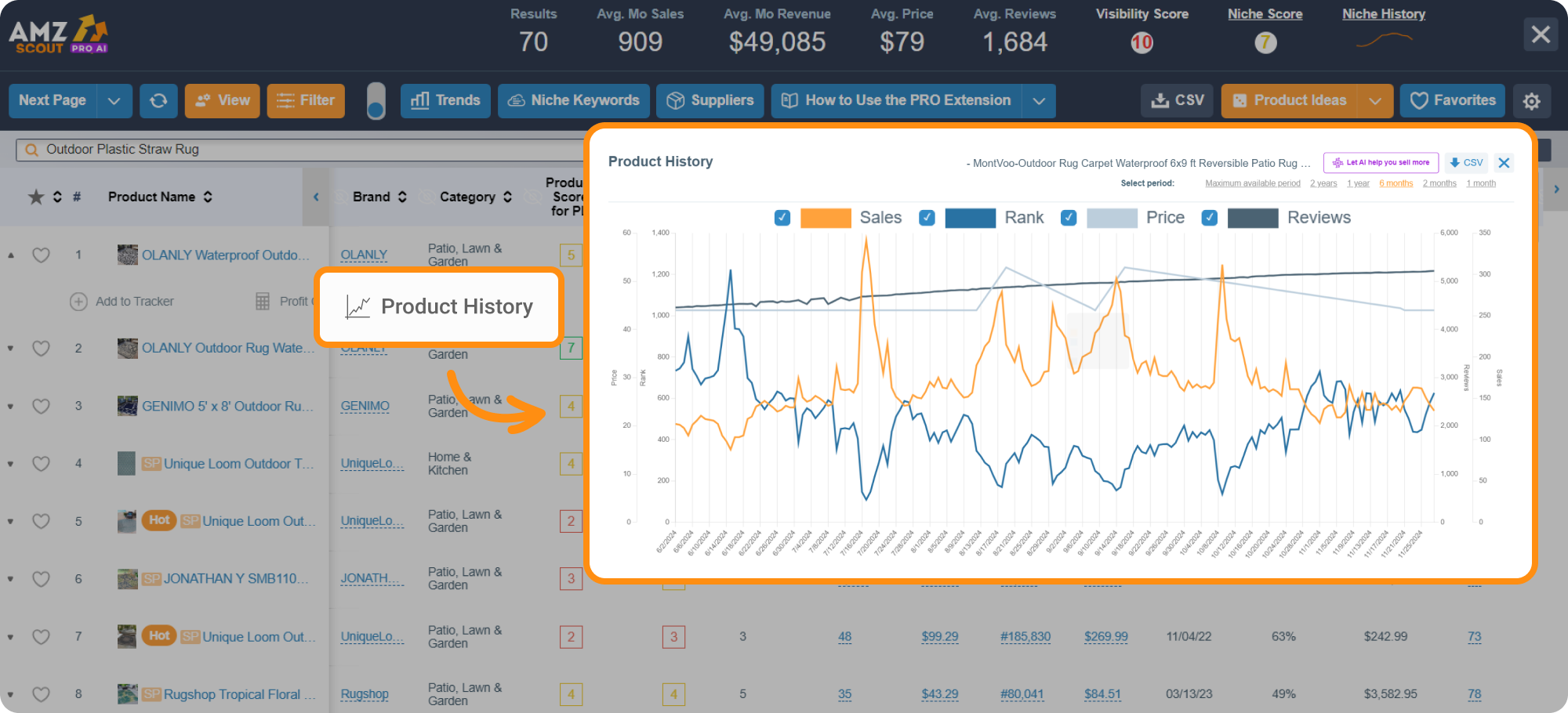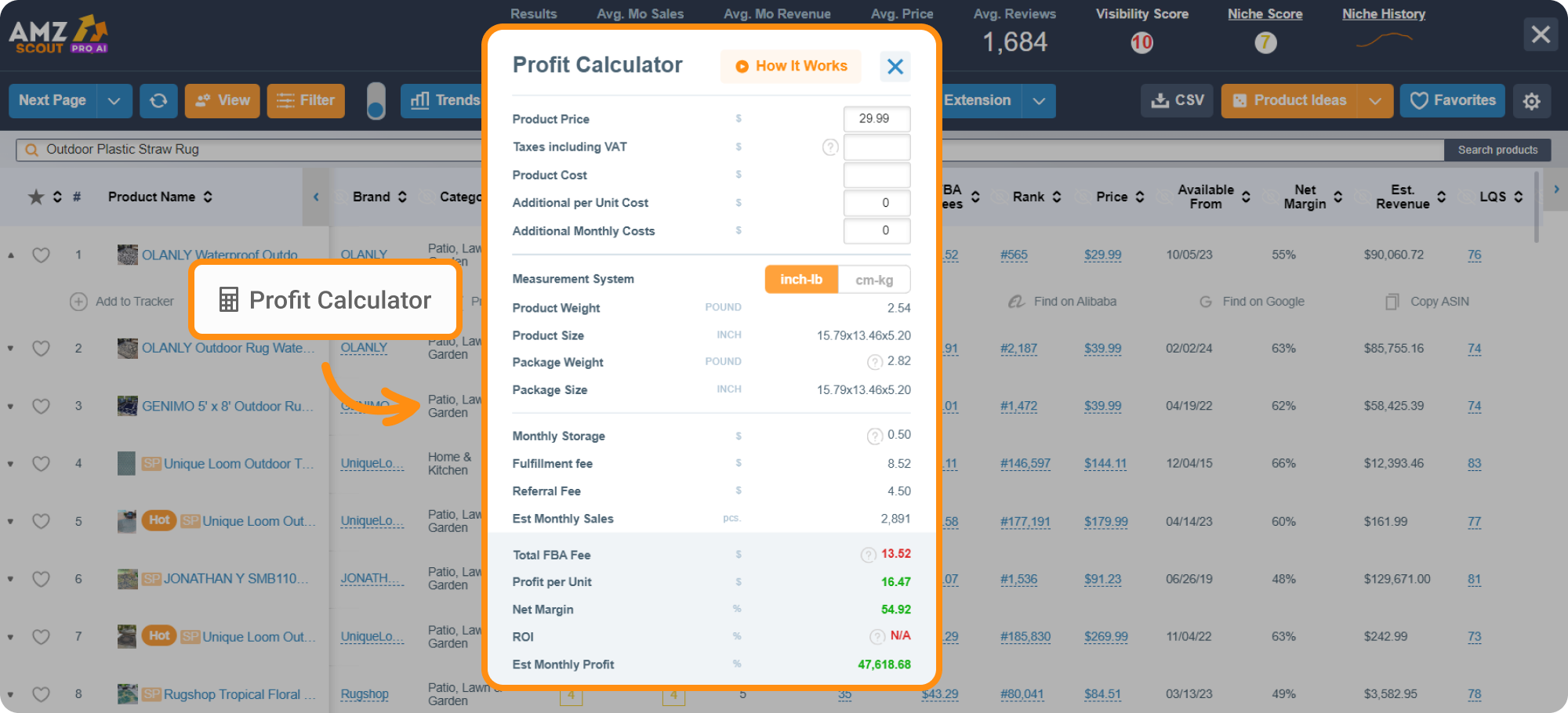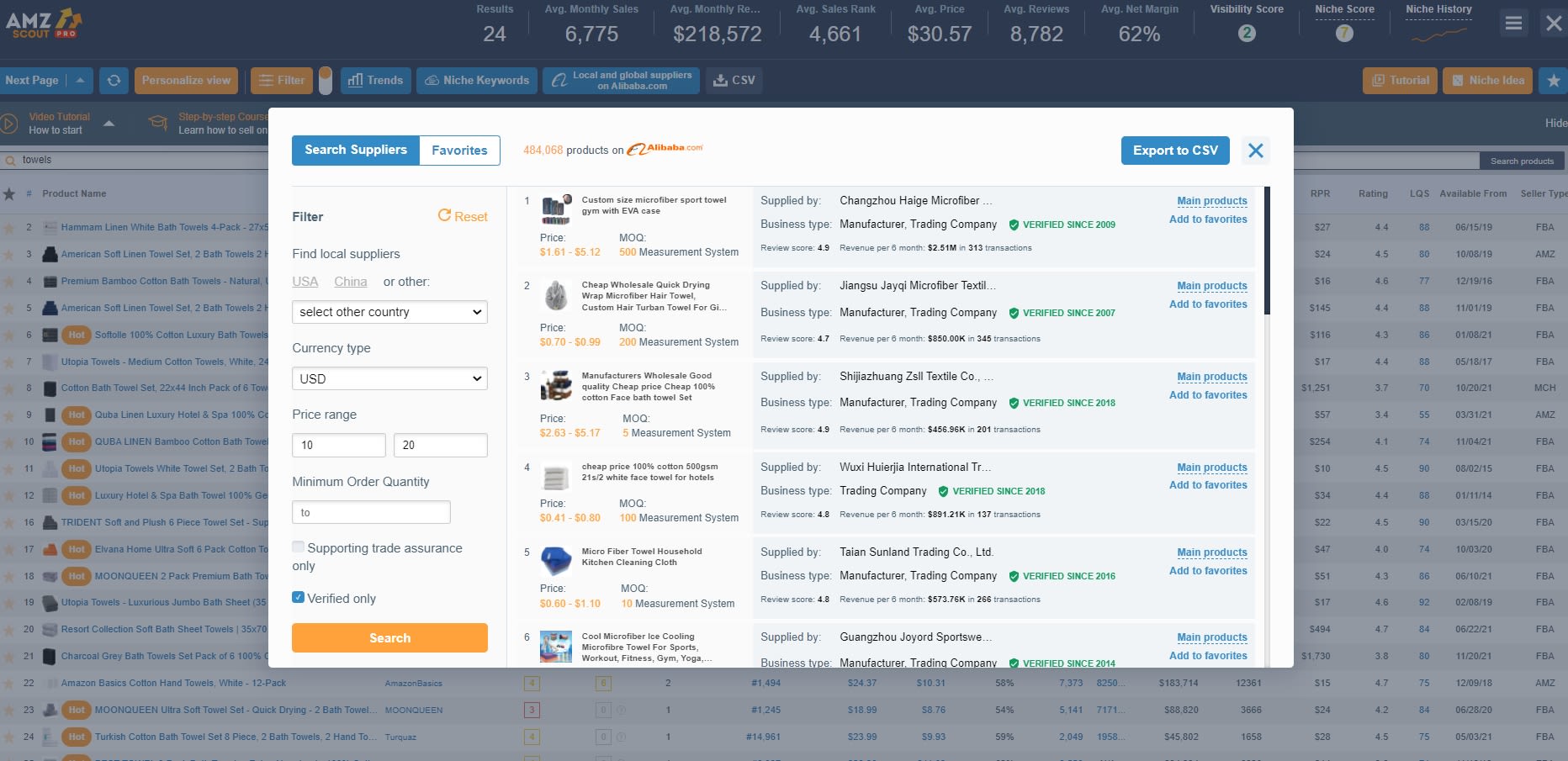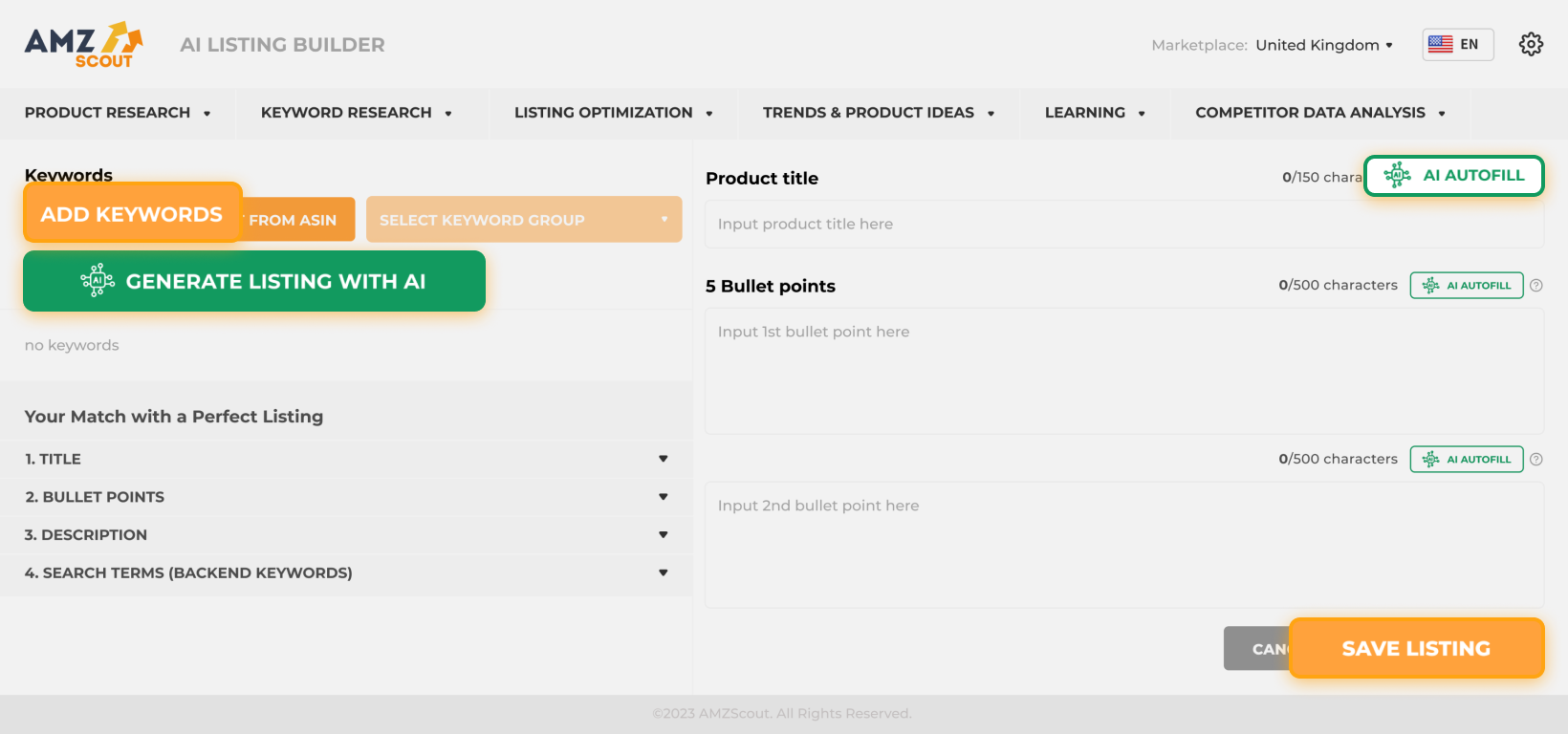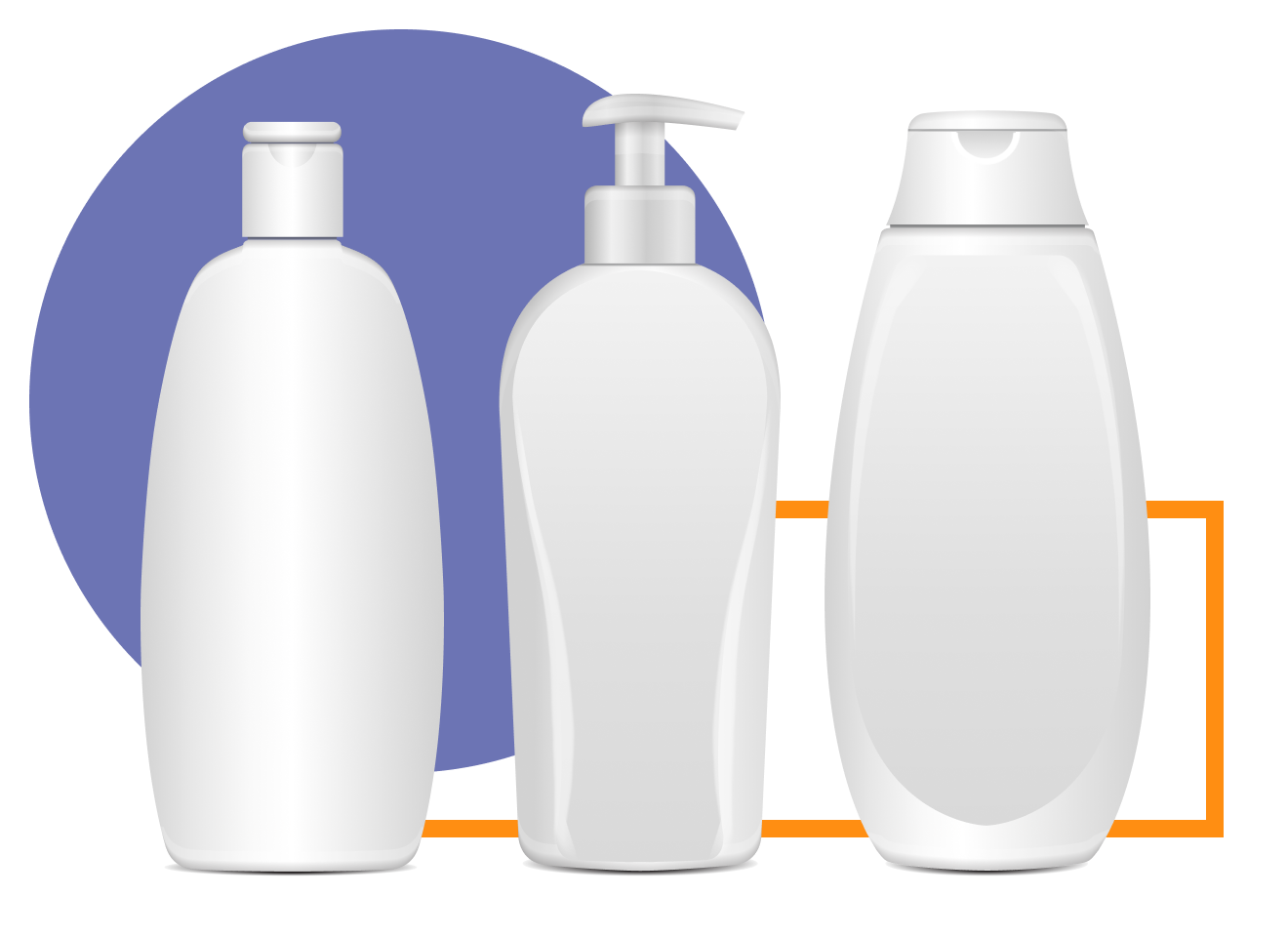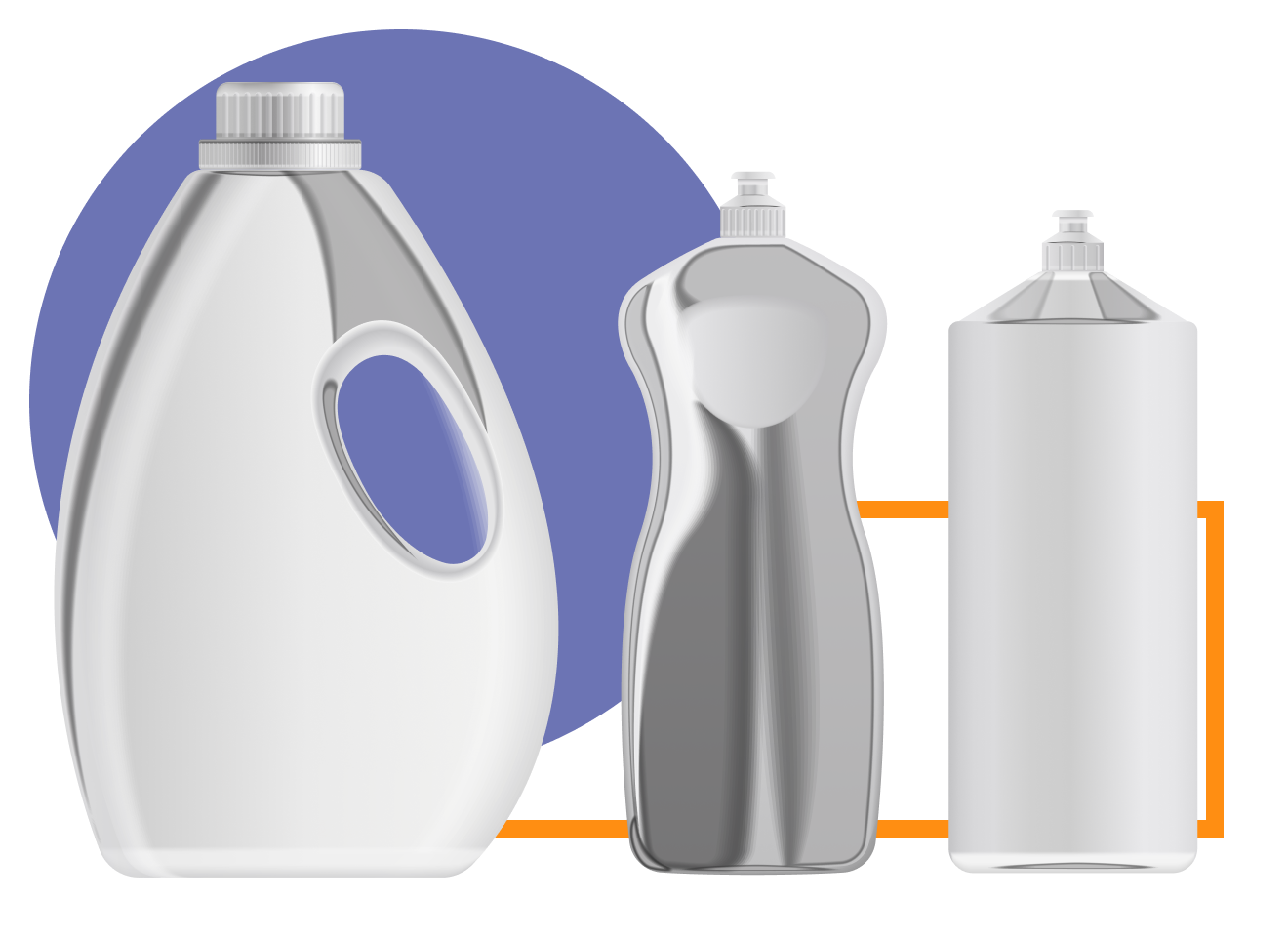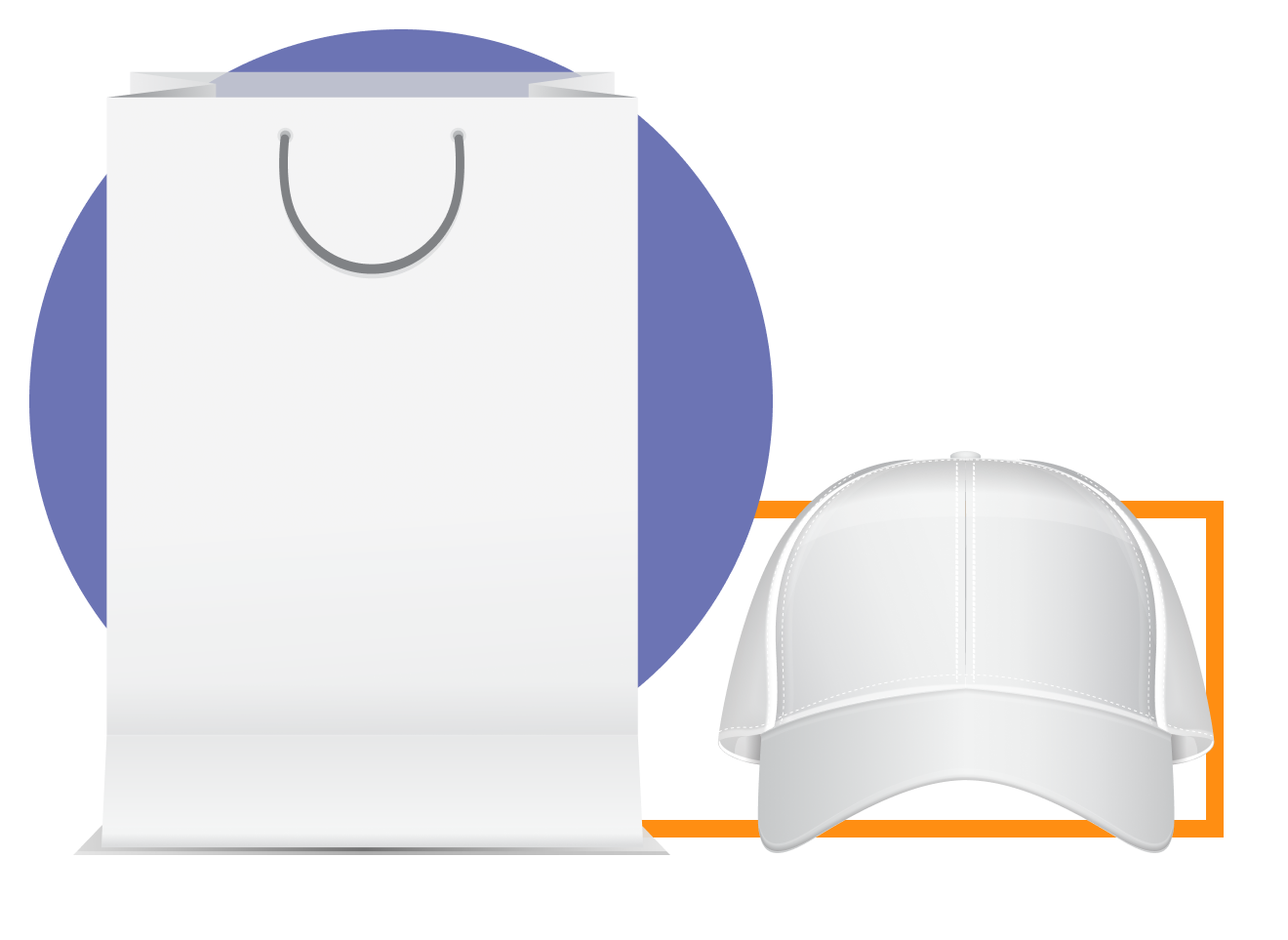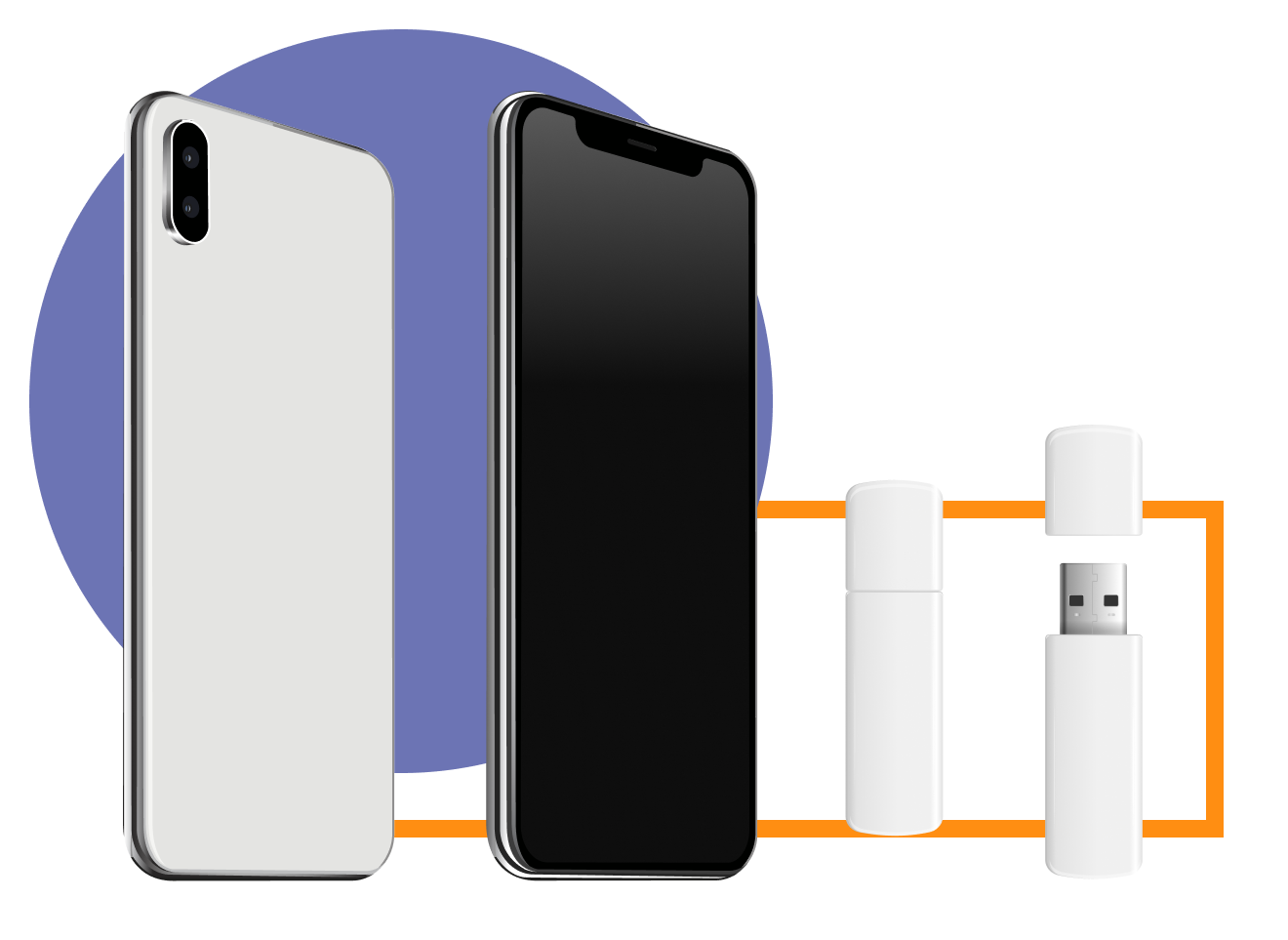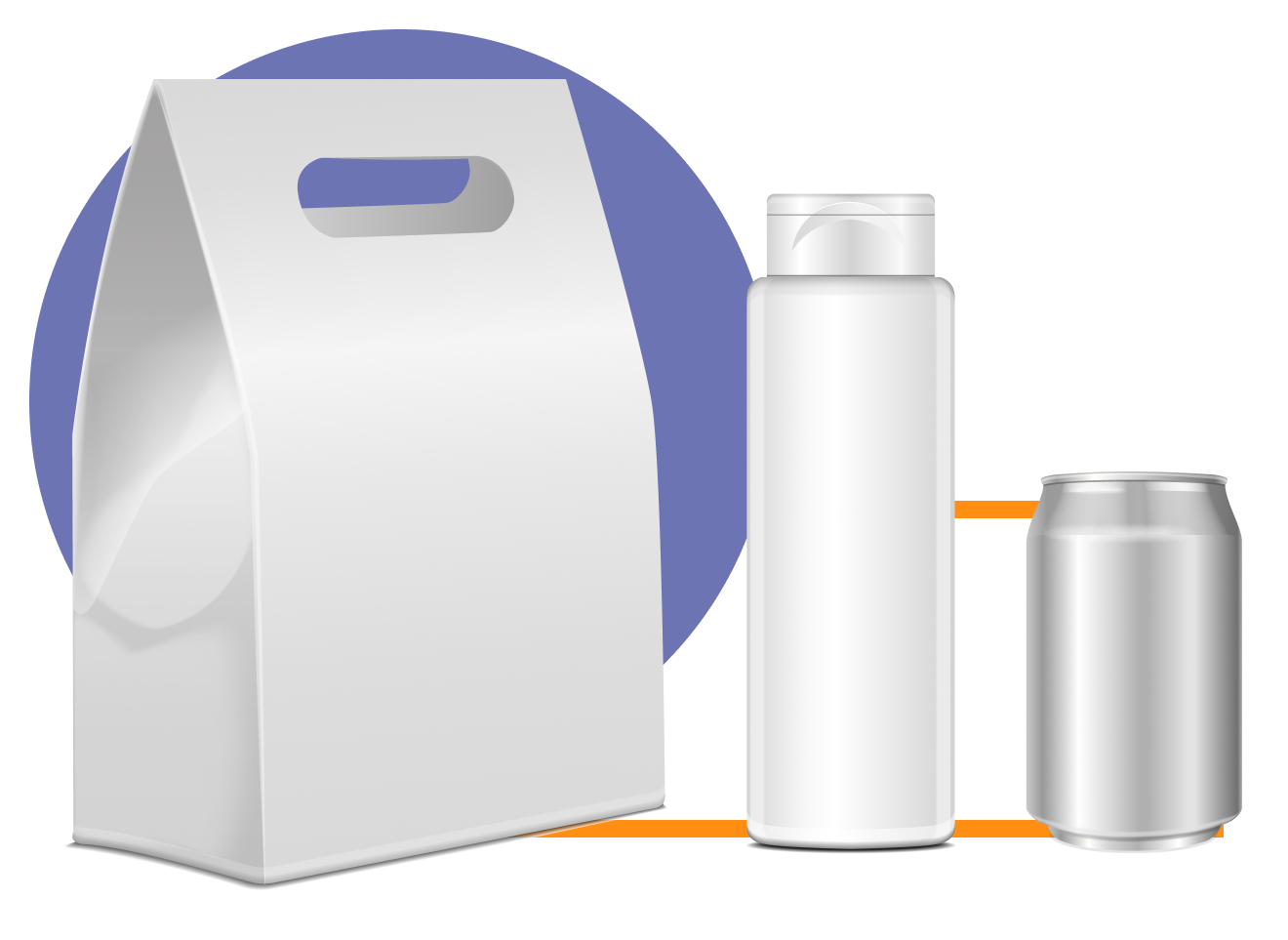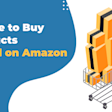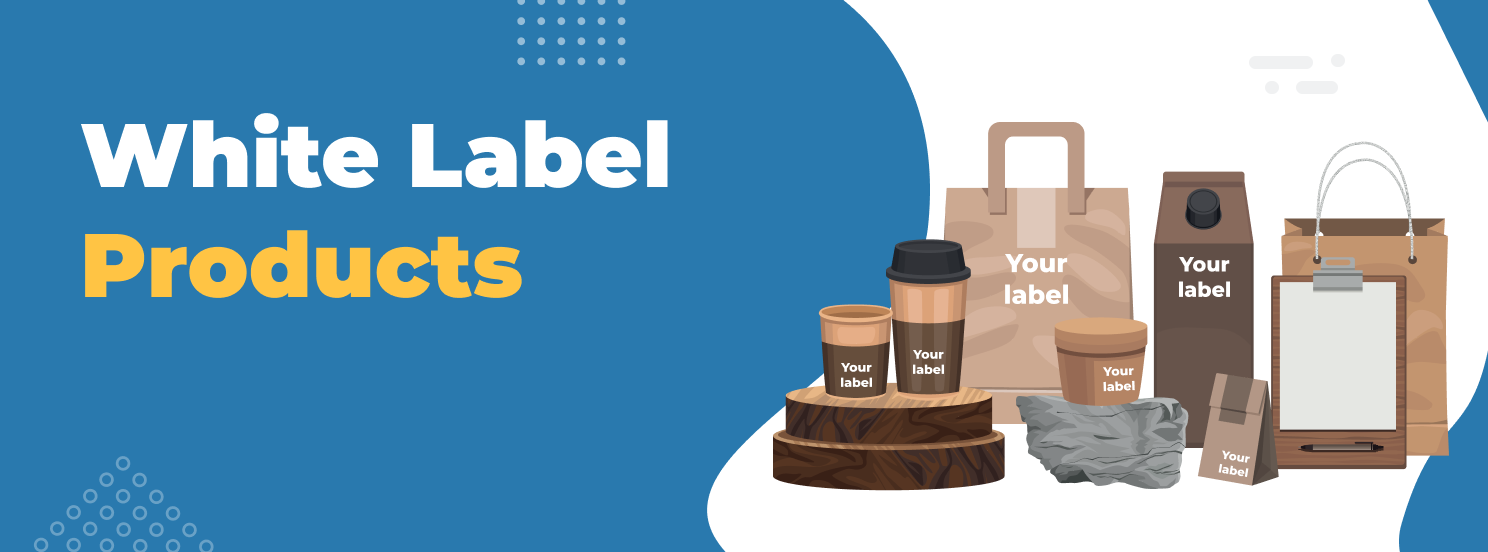
White Label Products: Definition, Examples, and How to Sell Them on Amazon
Businesses are constantly seeking ways to differentiate themselves in a competitive market. One effective strategy for sellers is to offer white-label products. For sellers who want to navigate this sector successfully, it’s important to have a deep understanding of its nuances.
In this article, we’ll provide a concise guide to selling white label products on Amazon, along with profitable examples.
Table of contents
What Is a White-Label Product?
A ‘white-label product’ is a generic item that can be customized with your brand logo and design. This is a mass-produced product sold by multiple sellers, but by branding it with your own identity, you can effectively promote it and make it stand out in the market. White labeling offers benefits like:
Time-saving: No need for extensive research or deep customization; you can launch quickly.
Cost efficiency: It’s cheaper than manufacturing a product from scratch.
Brand loyalty: By creating a strong brand, you can cultivate a loyal customer base and ensure stable sales.
Reduced competition: Selling a unique product under your own brand eliminates competition from other sellers using the same brand.
Business independence: You can set your own prices and control your product's marketing strategy.
Digital products (like worksheets) can also be white-labeled due to their customizable content and features. However, this article focuses primarily on physical products, which dominate the majority of sales on Amazon.
The customization feature often leads to confusion between white-label and private label products. Let's clarify these distinctions in the next section.
White-Label vs. Private Label Products
A ‘private label’ product refers to an item that’s custom-produced by a supplier to meet your specific requirements and branding. Some sellers focus on identifying high-demand products with low ratings to improve them, thereby differentiating themselves, increasing prices, and boosting sales.
The difference between white-label and private label products lies in the extent of customization allowed by the manufacturer. Imagine you want to sell face cream. With a white-label product, the manufacturer provides a ready-made formula and packaging. They simply put your logo on the jar or adjust its color.
In contrast, with a private label product, you can customize the formula by adding specific ingredients, changing the container shape or design entirely, and creating unique packaging designs.
Private label products can evolve into what is known as a ‘black label’, indicating a superior or unique version of the product. In contrast, white-label products remain generic items that can be just rebranded by different sellers, offering a faster and more cost-effective solution.
How to Sell White-Label Products on Amazon
Selling white-label products involves its own specific process, which consists of seven steps. Let's review each step in detail below.
Step 1: Market Research
First, it’s essential to conduct thorough market research in order to identify profitable niches, trending products, and current customer demand. This research ensures that you invest your time and money in products with strong market potential. Ideal white-label products typically meet the following criteria:
High demand: Products should generate at least 200 sales/month to ensure sufficient market interest.
Low weight: Items should be under 5 lbs to reduce shipping costs and improve profitability.
High margin: Aim for at least a 20% profit per unit to ensure a healthy return on investment.
Selling price: Products should be priced between $30 and $100, balancing affordability for customers and profitability for sellers.
Customization: The product should offer opportunities for customization to help your brand stand out in the marketplace.
To identify these types of products, you need to analyze several metrics, including monthly sales data, competition, and more. However, gathering this data can be challenging and time consuming. To save time and ensure accuracy, consider using analytical tools for Amazon market research.
Find the Best Products Using AMZScout
AMZScout is the top choice for Amazon sellers in need of analytical tools, due to its precise data, advanced technology, and user-friendly interface. If you’re looking to find a profitable product for white-labeling, just follow these seven easy steps:
1. Go to the Product Database. Enter your email address to start a free trial.
2. Apply filters to narrow down your search for white-label products. For example, to find profitable beauty-related product ideas that are suitable for white-labeling, consider specifying in terms of:
Category: “Beauty & Personal Care”. You can be even more specific by including keywords like “Korean skincare”.
Monthly Revenue or Estimated Sales: Enter your desired numbers here, for example, a minimum of "$15,000/month" or a minimum of “200 sales/month”.
Weight: Maximum of 3 lbs
Price: Minimum of $30
3. Get your results. Click “Find Products” to generate a list of items that match your criteria. Select products you’re interested in to evaluate them individually in the AMZScout PRO AI Extension.
4. Search for a product on Amazon. Type a product name from the Product Database into Amazon's search bar (for example, "face cleanser"). Next, select the icon in the top-right corner of the page to access the PRO Extension.
5. Evaluate the niche potential.
Click on the Niche Score, located in the upper right-hand corner of the page. If the score exceeds 7, this indicates high demand and low competition with favorable profit margins.
Click on the # of Reviews column title to display items with the highest number of reviews first. Check if there are any top brands among them. In this case, it may be challenging to promote a new brand due to competition from well-established sellers.
6. Check the product’s performance. If the niche seems promising, examine potentially profitable items. To do this, click on the Estimated Sales column title to display items with the highest number of sales first:
Look at the Product Score for Private Labeling next to the item to determine whether it’s better suited for reselling or launching your own brand, and understand the reasons behind this assessment.
Click Product History under the product to examine the sales trend for any fluctuations and observe any changes in pricing to ensure there are no significant drops and that the trend is stable or growing.
7. Calculate profit. Check if after all costs are deducted, the profit doubles the initial investment. If not, the item may not be profitable and therefore not worth your time and effort.
These steps will make informed decisions about which products can be profitable and potentially customized to stand out on Amazon. By ensuring that you focus on items with high potential for success, you can optimize your inventory in the right way and ultimately generate more sales.
Step 2: Finding a Reliable Supplier
Once you've identified which products you want to sell, the next step is to find a reliable supplier. Alibaba is a popular choice, offering a wide selection of products and manufacturers. You can even find suppliers through the PRO Extension by clicking on Suppliers on Alibaba.
When evaluating a supplier, consider their customization opportunities and ask the following questions:
What is the Minimum Order Quantity (MOQ)? Are there any discounts for larger orders?
Is it possible to personalize the packaging?
What are the anticipated shipping timeframes and costs?
Is it possible to include DDP (meaning Delivered Duty Paid)? This can save on customs fees when ordering from China.
How quickly can suppliers produce more products for a new batch?
...and any additional questions specific to your business model.
Some suppliers offer dropshipping options, where you pay only after a sale is made. However, this is not ideal for selling on Amazon due to the time it takes to produce and deliver goods. This is why not many sellers dropship white-label products.
Before placing an order, ensure that your supplier is reliable. Review their ratings and feedback carefully. Ask for their business license and certifications. It's also wise to search their name online along with terms like "fraud" to check for any red flags.
If possible, place a trial order with an amount you’re comfortable risking. This allows you to verify the quality of their product, communication, and order processing. By doing so, you can ensure that this collaboration will be worthwhile.
Step 3: Branding and Packaging
To build a strong brand, it's crucial to establish and maintain its identity. This involves creating a brand narrative that outlines its history and core values, helping customers understand what makes it unique and why they should connect with it.
Additionally, registering your brand name and logo with the USPTO (United States Patent and Trademark Office) is essential for legal protection in the U.S. Consider enrolling in Amazon's Brand Registry program, which provides tools to safeguard and promote your brand. These include features for identifying and reporting intellectual property violations, as well as tools to help you enhance your content and ads.
Don't overlook the importance of packaging. Customize it with your brand's colors, logo, and design, using eco-friendly and non-toxic materials whenever possible. You can also apply for Amazon's eco-friendly badge to highlight sustainability efforts. Be sure to adhere to Amazon's packaging guidelines strictly, as they may change periodically.
Once your product is ready, launch it on Amazon by setting up a seller account.
Step 4: Setting Up an Amazon Seller Account
While setting up a Shopify store requires building a website from scratch, getting started on Amazon is much quicker and more straightforward. To begin, you'll need to create an account on the Amazon website.
First, choose between two plans: ‘Individual’ or ‘Professional’. The Individual plan costs $0.99/sale, whereas the Professional plan is priced at $39.99/month. Opting for the Professional plan offers additional advantages, such as eligibility for the SFP (Seller Fulfilled Prime) program, and the ability to offer discounts, coupons, and promotions, among other features.
During the setup process, you'll enter both your personal information (such as your name and address) and business details (including your business name and type). Amazon will then initiate a verification call to confirm your ID and credit card information. Once you get approved, you can start listing your products for sale on the platform.
Step 5: Listing Your Products
When you’re selling your own brand, you need to create a new Amazon listing. This can be done through Seller Central and involves several key steps. Be sure to fill out all of the product details, including price, quantity, and any variations. There are four main components to focus on for an effective listing:
Images: Use high-quality images showcasing your product from different angles and in various contexts.
Title: Make it catchy and informative, keeping it between 80 and 200 characters.
Bullet Points: Highlight the benefits and unique features of your product. You can add up to five bullet points, each around 200 characters.
Description: Explain why people should buy your product, emphasizing its value and advantages over competitors.
To enhance visibility among Amazon search results, incorporate relevant keywords while adhering to Amazon’s guidelines on character limits and prohibited symbols.
Conducting thorough keyword research is essential, though balancing keyword integration with readability can be challenging. Special tools can help you streamline this process and ensure compliance with Amazon’s guidelines.
Speedy and Simple Product Listing Creation
Creating a product listing on Amazon can be time-consuming, often taking several hours of detailed work. However, with the AI Listing Builder, this process can be completed in just seconds, thanks to its advanced AI capabilities.
To get an SEO-optimized listing, simply follow these steps:
1. Go to the AMZScout AI Listing Builder.
2. Add keywords. This can be done in two ways:
You can enter the keywords you collected manually from your previous research.
You can import keywords automatically by inputting your competitors' ASINs, saving time on research and leveraging your competitors' successful strategies.
3. Generate text with AI. Click AI Autofill to generate product titles, bullet points, and descriptions quickly that comply with Amazon's character limit while incorporating the keywords provided.
4. Review the text. You will probably need to make a few minor adjustments to adapt the content to your target audience. To ensure your content meets Amazon’s best practices, refer to the checklist in the bottom-left corner for recommendations.
5. Save your listing. Now you’ll have compelling, SEO-optimized text for your listing to increase your store visibility and ultimately generate more sales.
With the AMZScout AI Listing Builder, this task can be streamlined, allowing you to reach a wider audience and stand out in the competitive Amazon marketplace.

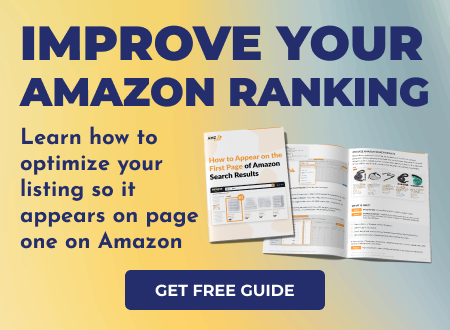
Step 6: Managing Inventory
When you list a product, you must choose between two main fulfillment methods: Amazon FBA and FBM.
Amazon FBA involves sending your products to Amazon's fulfillment centers, where they handle inventory management and logistics, and you pay a fee for storage and customer delivery. This option ensures fast and secure delivery, making it preferred by many customers and prioritized in Amazon algorithms.
On the other hand, FBM requires you to store your own products, handle order fulfillment, and ship orders directly to customers or through a third-party logistics provider (3PL). Here, meticulous inventory management is crucial to avoid canceled orders or incorrect shipments. Utilize inventory management systems and reliable couriers for swift delivery.
When selecting a fulfillment method, consider not only the costs but also your customers' needs and preferences. Let's discuss this further below.
Step 7: Customer Service
With FBA, Amazon offers professional multilingual customer support to handle post-sale inquiries, whereas with FBM, you're responsible for customer service. You need to try to respond to each message promptly within 12-24 hours, providing accurate and helpful information to keep your customers happy.
Providing excellent customer service and high-quality products increases your chances of receiving positive ratings and reviews. When launching a new product, generating initial reviews can be challenging. Consider participating in Amazon Vine to exchange free products for reviews, or include a review request with shipped orders.
Monitoring customer reviews and feedback regularly will enable you to identify areas for improvement and ensure customer satisfaction. This proactive approach helps you build trust and loyalty among Amazon customers.
Now, let's take a look at which categories demonstrate strong sales performance.
Examples of White-Label Products
The number of available white-label products is almost infinite. Using the AMZScout toolkit, we’ve identified five categories with high demand. Here are some examples of products from these categories that are ideal for white-labeling:
Health & Beauty Products (body lotions, hair conditioners, mascaras, soaps, serums)
Skincare products see increased demand in the summer, as people seek solutions for sun exposure and heat-related skin issues. Additionally, research shows that American women tend to spend about $300/month on cosmetics, highlighting the profitability of this niche for sellers.
Household Items (cleaning sprays, kitchen scales, potato peelers, food containers, cushions)
Household products are consistently popular because they’re essential for everyday use. With numerous suppliers, you can buy these items at low wholesale prices and sell them with a markup. They’re also lightweight which keeps your shipping costs low.
Apparel & Accessories (T-shirts, canvas bags, baseball caps, bracelets, slippers)
You can profit from products that feature trendy designs or are customized for special occasions, which makes these ideal for creative individuals. These items are typically affordable to source, and enjoy consistent demand across various age and gender groups.
Electronics & Accessories (phone cases, headphones, power banks, mouse pads, phone holders)
With the continuous release of new devices, there’s a growing demand for accessories. You can profit by creating unique designs that stand out. However, pay attention to product regulations—items that contain batteries may require certification to sell them on Amazon.
Food & Beverages (vinegar, peanut butter, candies, cereals, snacks)
Another popular category is Food & Beverage, especially healthy options, due to the trend towards a healthier lifestyle. Just be sure to adhere carefully to Amazon's guidelines regarding food, such as a minimum shelf life of 90 days, specific packaging requirements, and more.
Note that this information is accurate as of this article's publication date.
It's important to assess each product individually to ensure that it meets quality standards and can be profitable. Conducting thorough product analysis helps guarantee that you invest in the right product, so you can enjoy opportunities for scalability and differentiation.
Conclusion
Selling white label products is a fantastic way to differentiate yourself as a seller. While this process requires significant branding and marketing effort, success ultimately comes down to choosing the right product. Use AMZScout to simplify your product selection and promotion to maximize your potential for success. With the right strategy and tools, you can thrive in the world of e-commerce.
